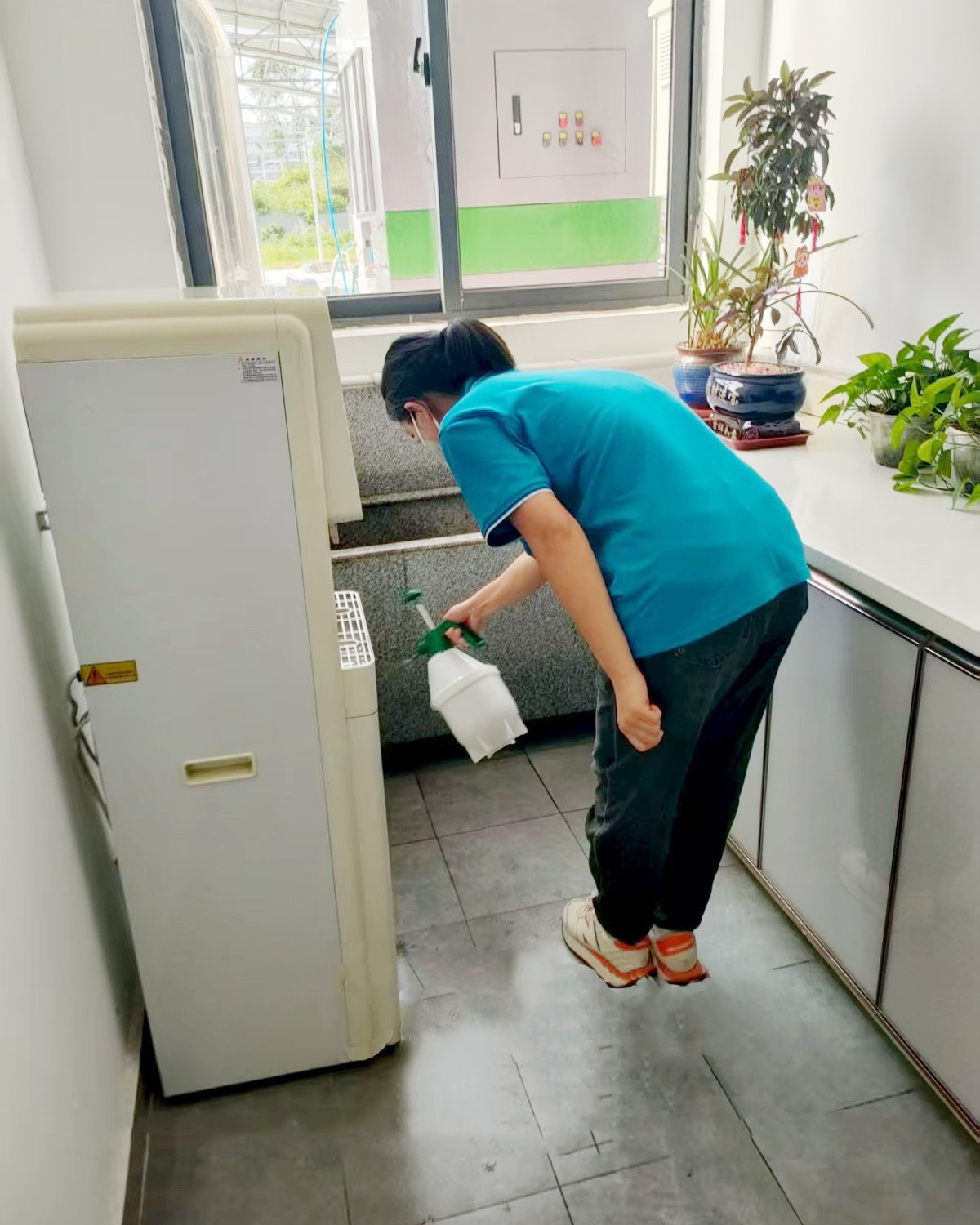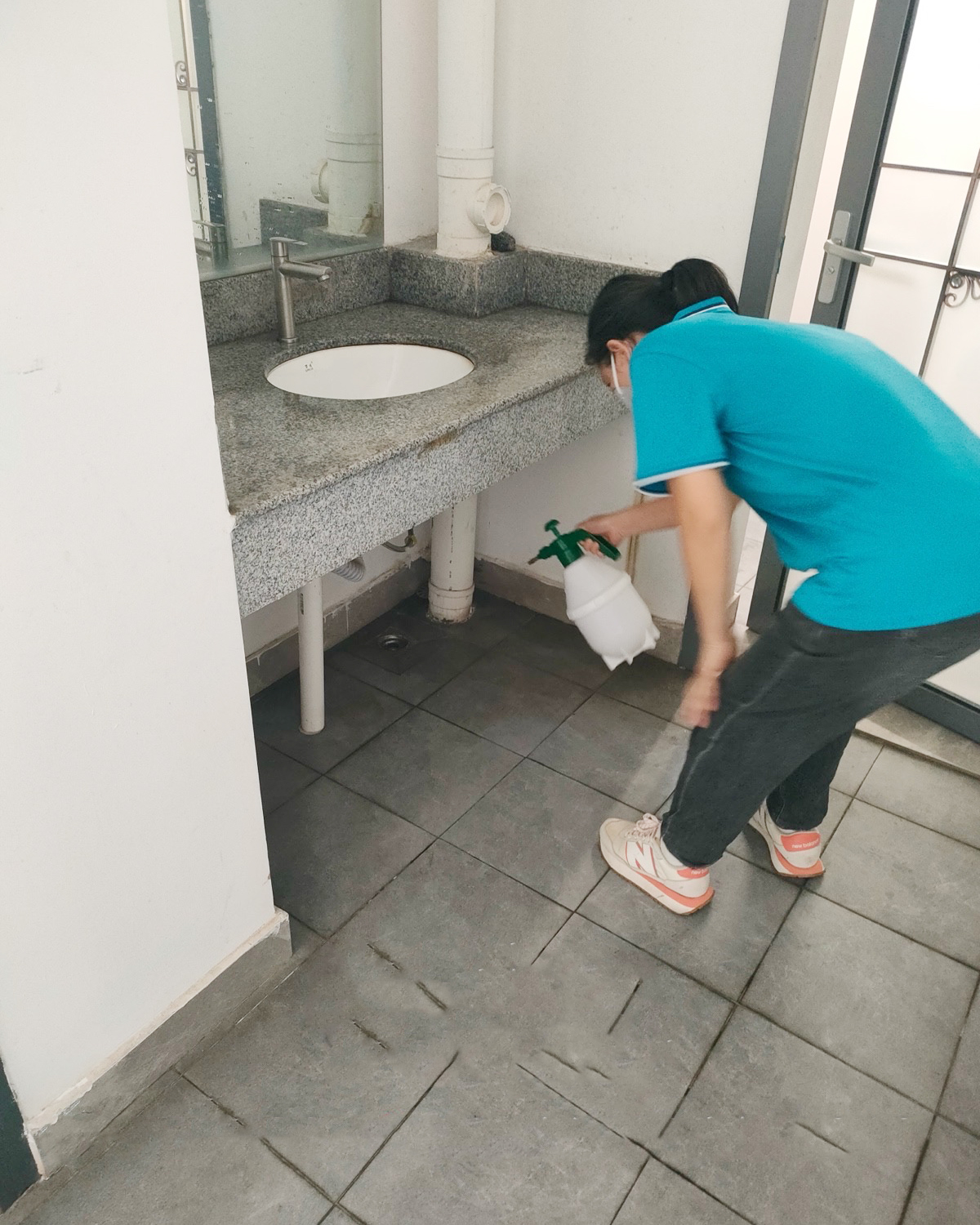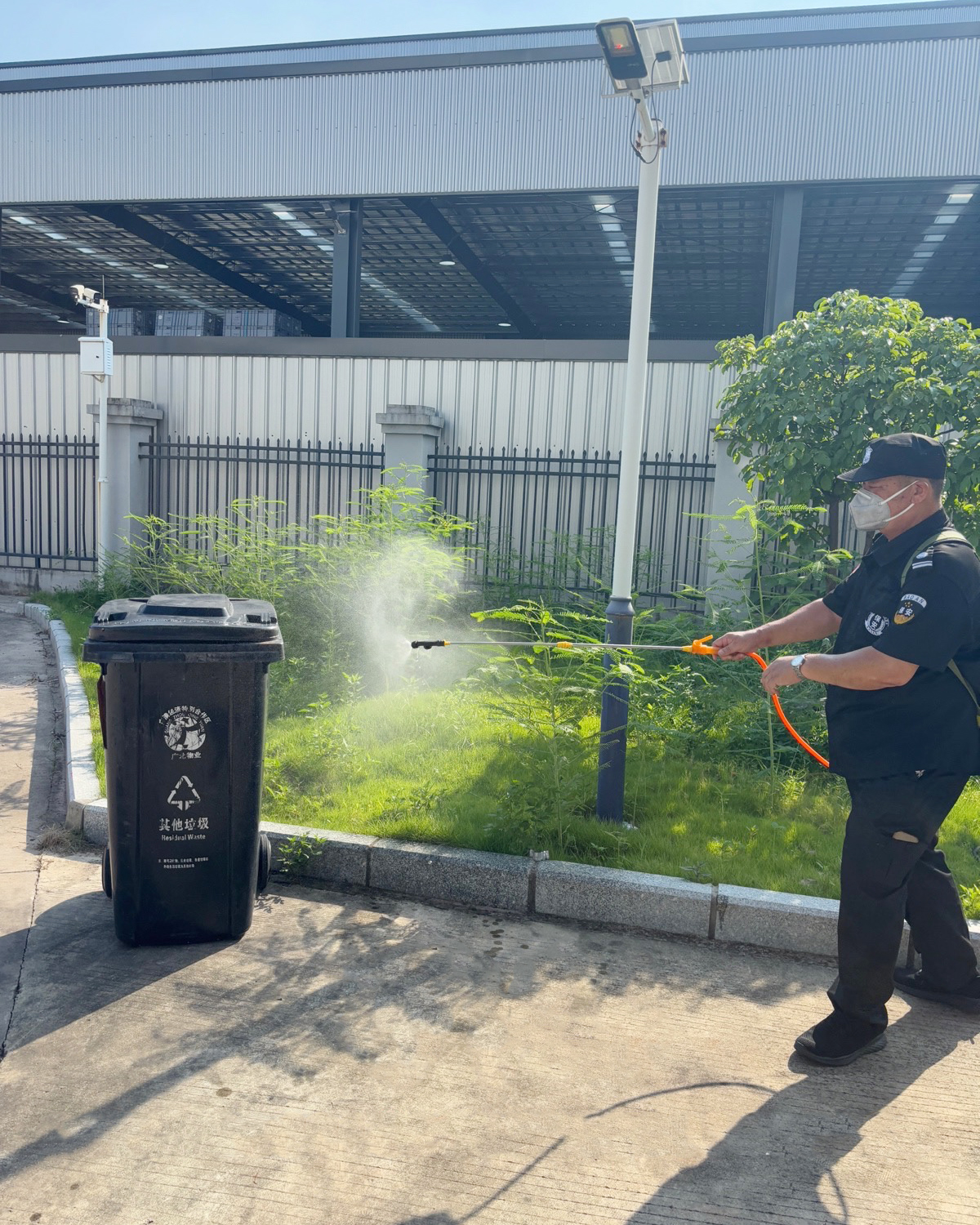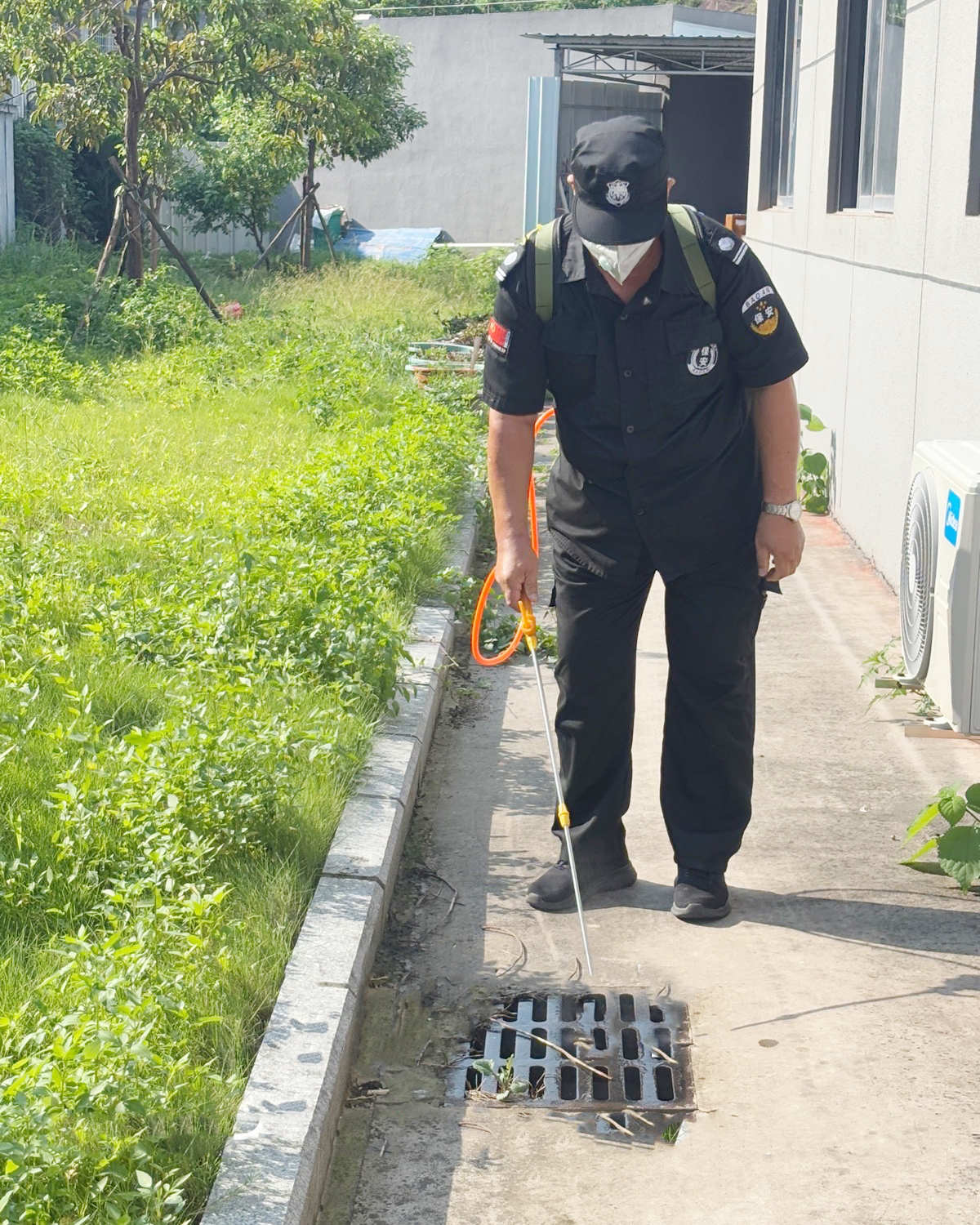Daily Disinfection Builds a Defense Line, Scientific Prevention and Control of Chikungunya Fever
Mosquito Prevention and Control Are No Small Matters
At 6:30 in the morning, as the first ray of sunlight pierced through the clouds, the disinfection team of Hualv Environmental Protection Factory was already ready to go. Master Wang, wearing a protective suit and carrying a 30-jin sprayer, carefully checked the proportion of the medicament. His task today was to carry out the third intensive disinfection on the green belt and drainage ditch on the west side of the factory area - this is a special prevention and control measure of Hualv Environmental Protection in response to the Chikungunya fever epidemic.

Why Chikungunya fever makes factories on high alert
Recently, Chikungunya fever outbreaks transmitted by Aedes mosquitoes have occurred in many parts of the world. According to the statistics of the World Health Organization, about 220,000 cases have been reported in 14 countries in the first half of 2025. Although this viral disease does not spread from person to person, it may cause severe joint pain that lasts for several months after infection, and 30%-40% of patients may experience pain for months or even years.
What's more serious is that Aedes albopictus (spotted mosquitoes) that transmit the virus are widely distributed in China, and they especially prefer waterlogged environments. Common outdoor equipment, drainage ditches, green belt containers in factories, etc., may all become breeding grounds for mosquitoes.

Hualv Environmental Protection Factory has a large area and high green coverage rate, making it a key area for mosquito prevention. Daily disinfection is not only a requirement for epidemic prevention, but also a responsibility for the health of employees.



Hualv Environmental Protection's prevention and control practice
▪ Environmental cleaning: Eliminate mosquitoes from the source
▪ Chemical disinfection: Precisely target adult mosquitoes
▪ Physical protection: Triple barriers to block mosquitoes
▪ Health monitoring: Early detection and early isolation





